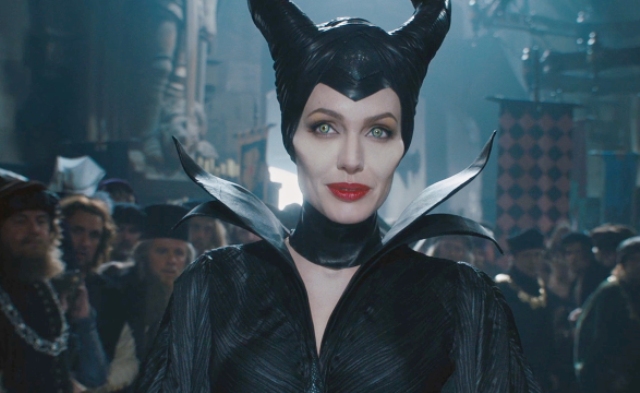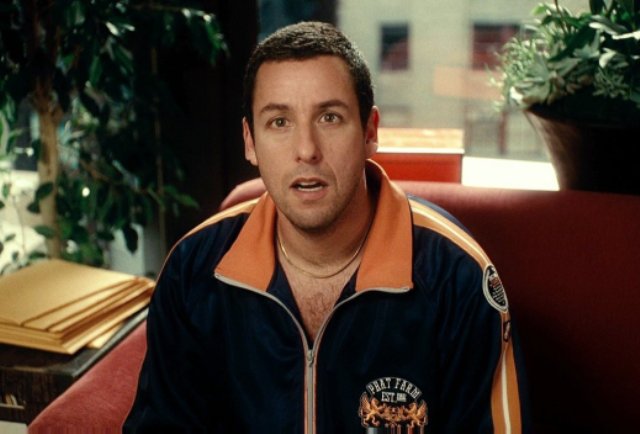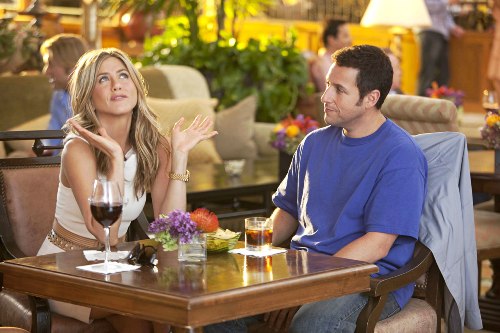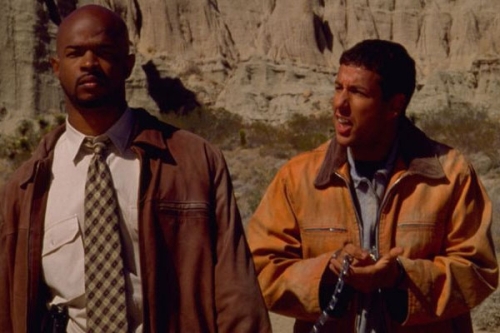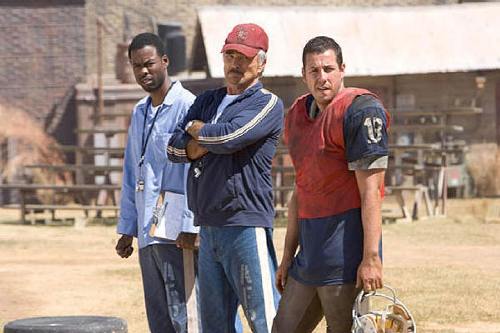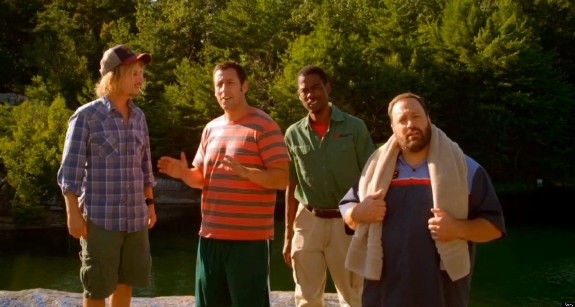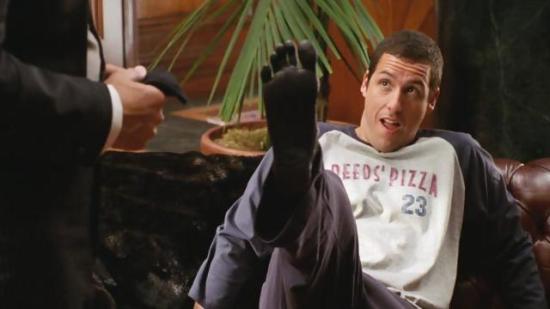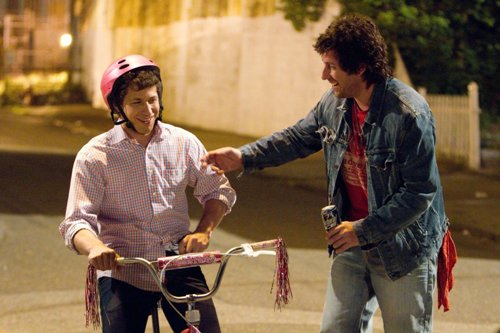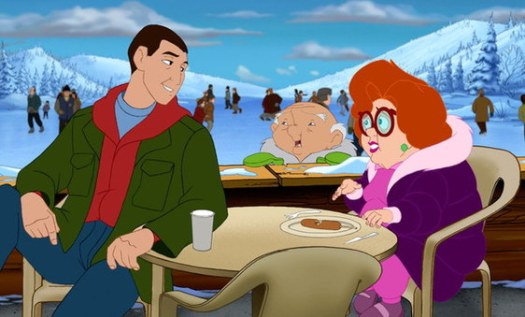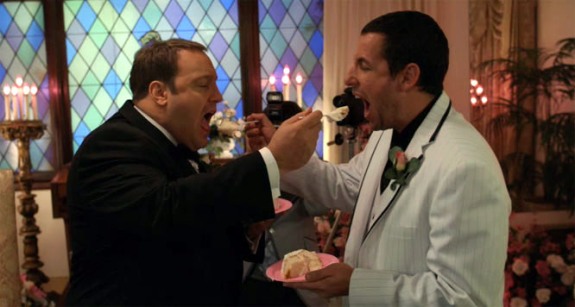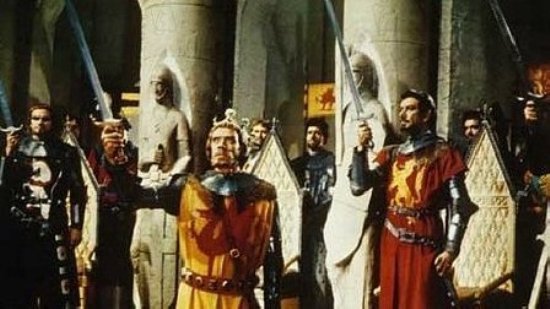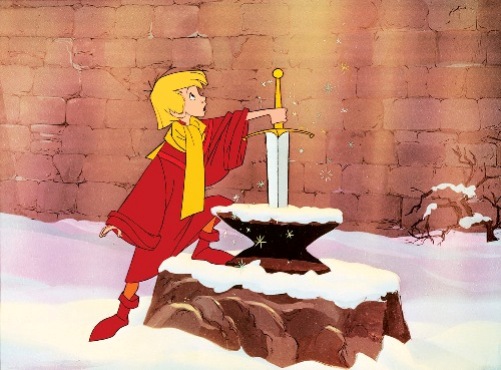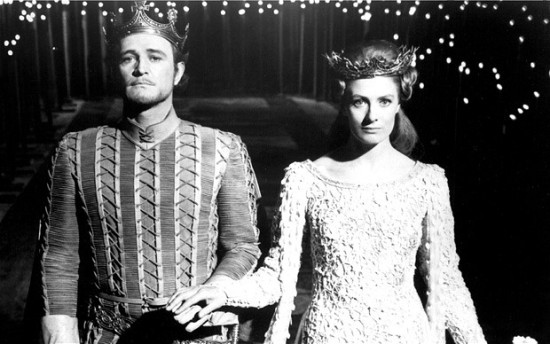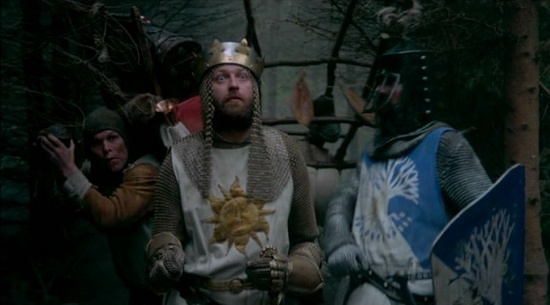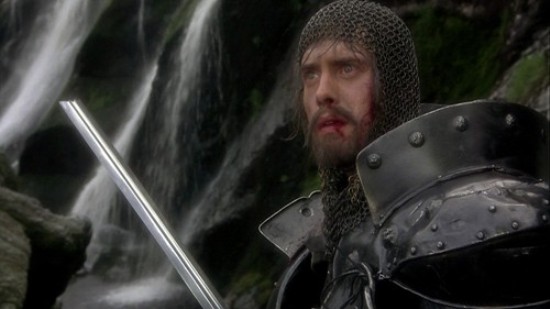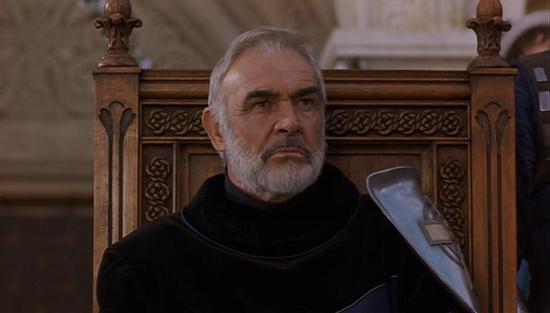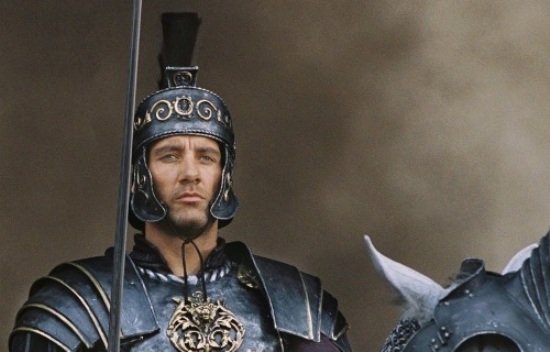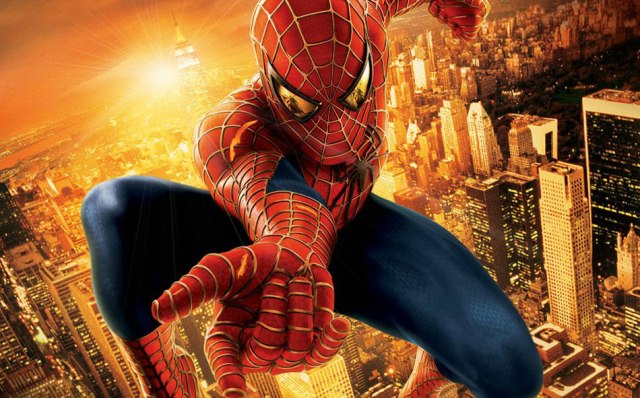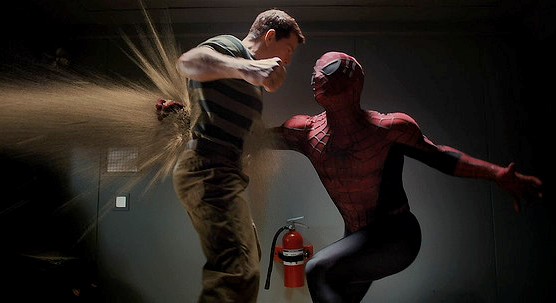Coming after a long string of other fairy tale adaptations in theaters, the new movie Maleficent brings us a retelling of the classic tale of Sleeping Beauty, only this time told from an angle that we haven’t seen yet. As you can tell from the title, this version is less about the slumbering princess and instead is centered primarily on the one who cursed her in the first place; the dark fairy, Maleficent. Naturally this fantasy film comes from the Walt Disney Company, who are taking their inspiration not only from the original fairy tale, but from their own 1959 animated classic as well. Celebrating it’s 55th anniversary this year, Walt Disney’s Sleeping Beauty (1959) is a film that has withstood the test of time and has become a favorite to many, including myself. Sleeping Beauty actually holds a special place in my heart because it was one of the very first movies that I ever got to see in a movie theater. It was during a 1985 re-release that I had my first experience with the tale and the 2 1/2 year old me was forever changed by it. That movie, along with another Disney classic I saw that same year (1961’s 101 Dalmatians), probably are what helped propel me towards becoming a lifelong film buff, and because of this, I still hold the film in very high regard. The same is probably true for many other people too across the globe.
Walt Disney created the original Sleeping Beauty at a transitional time for animation. Walt Disney saw that tastes in styles were changing in the late 50’s, so he decided to take a whole new approach to Sleeping Beauty by giving it a very unique look. Styled to look like medieval tapestry art, the movie was unlike anything the studio had ever made before and it still looks magnificent in all it’s 70 mm widescreen glory. But, it’s art style isn’t what has become the film’s biggest triumph over the years. Instead, that honor goes to the creation of it’s villain, Maleficent. Drawn by legendary animator Marc Davis and voice brilliantly by actress Eleanor Audley, Maleficent is an all time great antagonist; one by which all other Disney villains are now measured against. In fact, her popularity has grown so much over the years that she has since become the unofficial antagonist of the entire Disney community. You’re more likely to see her sparing with the likes of Mickey Mouse and friends today than with characters in her original film. This is evidenced in other mediums by the company that she has also featured in, like the Kingdom Hearts video games and the Fantasmic nighttime shows at the Disney Parks. Not to mention the numerous merchandise made available with her image on them. Given a legacy like this, it’s not all that surprising that Disney would feature her prominently in their brand new live-action adaptation. What is surprising, however, is that Disney would take their most popular villain and try to make her sympathetic. Given how much she’s beloved by many people like me as someone we love to hate, it’s a risky revision to undertake, and one that does have to face some extra scrutiny from fans.
What is unique about this movie is that it looks at all of the events of the story from Maleficent’s perspective. It begins with her childhood as a powerful yet innocent fairy living in a magical kingdom called the Moors. Soon she meets a young human boy from the neighboring kingdom named Stefan, who becomes her closest companion as they grow older. But when they become adults, they grow apart. Maleficent (played as an adult by Angelina Jolie) soon finds her kingdom at war with the neighboring King, who grants his crown to anyone who can kill the winged Maleficent. Stefan (played by Sharlto Copley) betrays his friend by cutting Maleficent’s giant wings off her back, leaving her both grounded and defenseless. Stefan becomes the new king thereafter and Maleficent vows vengeance, which she soon enacts once Stefan and his Queen have a child. At the presentation ceremony, Maleficent places a curse on the child, ensuring that she will be put into a death-like sleep once she turns 16. The years pass and Princess Aurora (Elle Fanning) grows up far from Stefan’s care in the woods, raised by three fairies (played by Imelda Staunton, Lesley Manville, and Juno Temple). Unbeknownst to the others though, Aurora is also being looked after by Maleficent herself, who surprisingly grows attached to the young girl and begins to regret the curse that she made out of anger.
So, as you can tell from this premise, the movie actually takes the angle of making Maleficent less of a villain and portrays her more as a hero. Stefan on the other hand is cast as the villain of the story, with Aurora still caught in the middle. This may be jarring to people who have grown up with the original movie, but it’s a reversal that is not without precedence. The Broadway musical Wicked has become a popular retelling of the Wizard of Oz tale, centered around the maturity of the villainous Wicked Witch of the West. In that retelling as well, the popular villain is treated more sympathetically, becoming something of a misunderstood hero, while the Wizard is cast as the cold-hearted villain. It’s a reversal of roles that works perfectly in that story, but unfortunately works less so here. I’m not saying that it can’t be done. It’s just not given as much care as it was with Wicked. Unfortunately, it also takes away a bit from what made Maleficent so memorable in the first place. She’s really at her best when she’s at her worst; being an unruly source of terror that strikes fear into all. The original animated classic did that perfectly and it’s mainly why she is remembered so well today. In this version, the movie hits it’s high points when Maleficent is allowed to be menacing, especially in the presentation of Aurora scene, which is almost lifted directly from the original film, including some of the same dialogue. That moment works very well and unfortunately it’s an aspect that is not carried throughout the entire film.
I have to say that the biggest problem with this movie is it’s inconsistency. Tonally, it is all over the place, not knowing whether to be dark and brooding or fun and lighthearted. Sometimes the shifts in tone are so abrupt, that it will be absolutely distracting. I attribute this to the screenplay, written by Linda Woolverton, who does have a long legacy with the Disney company, having drafted scripts for both Beauty and the Beast (1991) and The Lion King (1994), as well as Tim Burton’s Alice in Wonderland (2010). Unfortunately, her grasp on a story-line isn’t as refined as it was on her early work. While not as needless complicated in plot as Wonderland was, Maleficent still feels incomplete, particularly when it comes to the characterizations. Maleficent gets fully fleshed out in the film, but Aurora and most other characters do not. I feel like another draft of the script could have worked some of these problems out, because there are some genuinely good ideas present there in the script. Also problematic is the direction. The film is helmed by first-time director Roger Stromberg, an Oscar-winning visual effects artist and production designer whose work we’ve seen in films like Avatar (2009), Alice in Wonderland (2010), and Oz, The Great and Powerful (2013). Unfortunately, by giving direction over to a novice more comfortable with visual effects, you’re most likely to have a film that looks pretty, but feels hollow, and that’s unfortunately what happened here. The inconsistency in tone is probably the result of Stromberg being unsure about what kind of movie he wants to make, and it shows.
But the movie isn’t un-salvageable. What does hold up is some of the performances, particularly Angelina Jolie as the titular character. Jolie’s involvement probably helped to give this film a boost during development and thankfully the potential in that casting is not wasted. Thanks to some rather good make-up work by the great Rick Baker, Jolie is spot-on as the iconic character. She matches the original look of the character perfectly and she plays the character well, clearly relishing the grandiose nature of the part. She also makes the transitions between Maleficent’s darker and lighter sides feel more natural than they do in the script, which helps to keep the film from falling apart. One other character that proved to be surprisingly effective is her companion Diaval (played by actor Sam Riley). In the original film, he was personified as a pet raven named Diablo, a character with very little complexity. Here, he shifts forms between human and raven, and even into other creatures, depending on the needs of Maleficent. What could have been a throwaway servant character actually turns into a thoroughly likable individual. He works perfectly off Maleficent as her companion, bringing out some of the movies most genuinely humorous moments. I give the movie a lot of credit for taking a minor character from the original film and reshaping him into a more involved personality that actually contributes something good to the overall story. Honestly, I would have preferred more scenes with Diaval and Maleficent, since they are the only characters that had any sort of chemistry throughout the whole movie.
Unfortunately many of the other characters aren’t as well balanced as those two. King Stefan is a mixed bag as a character. Sharlto Copley does give a solid performance, especially in the later scenes where he begins to descend further into madness. Unfortunately, he gets the shorter end of the stick when it comes to the role reversal of the story line. Taking Maleficent’s place as the villain, King Stefan feels a little out of his element. He doesn’t have the same kind of menace that Maleficent had in the original film, and he never comes across as truly terrifying. It’s a missed opportunity with the character and it unfortunately reduces the impact that the final showdown at the end could have had. Elle Fanning’s Aurora is likewise a one-dimensional character, but to the movie’s defense, she was pretty bland in the original film as well. Most problematic though are the depictions of the Three Good Fairies. In this film, they are very obnoxious and incompetent characters, who seem more preoccupied with squabbling with each other than looking after the princess. At times, these characters almost made the movie insufferable to sit through, particularly when you think about how well portrayed they were in the original movie. The fairies were actually the heroes of the original film, and I for one love their characterizations from that version; especially Merryweather. God I wish Merryweather was in this movie. I don’t understand why the filmmakers chose to go that route with the characters, but I can tell you that it did the movie a big disservice.
So, did the movie honor the legacy of the original, or did it insult it? I do have to say that at certain points, this movie did come very close to losing me. Only the strength of Angelina’s magnetic performance helped to pull this movie off of the ledge. I do think that there is a great movie in there wanting to come out, but is hampered by a lackluster script and uneven direction. The performances help to make this film bearable, and I do think Angelina Jolie could not have been more perfectly cast. The film unfortunately doesn’t break the recent trend of tired, CGI heavy fairy tale adaptations for the young adult crowd that have failed to live up to their potential. Following in the wake of Burton’s Alice in Wonderland and 2012’s two failed attempts at the story of Snow White (Mirror, Mirror and Snow White and the Huntsman), Maleficent likewise fails and instead becomes a jumbled mess trying to be too many things at once. Albeit, this version does do some things right and probably is the best movie out of this trend that we’ve seen, but that’s not saying much. Hopefully, Disney gets the tone right when they release their live action adaptation of Cinderella next Spring, directed by Kenneth Branagh and starring Cate Blanchett as the wicked stepmother. As far as this movie goes, I’d rather stick with the original that has been a part of my life since childhood. At least in that version, the “mistress of all evil” is allowed to be as such. I greatly prefer the dark side of the character, though I don’t discredit this movie for trying something different. It’s not a terrible take on the character, but I feel like it could have been done better.
Rating: 6/10
